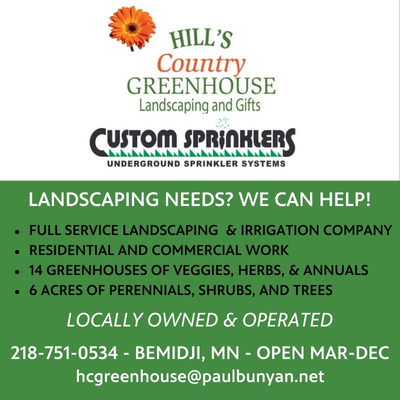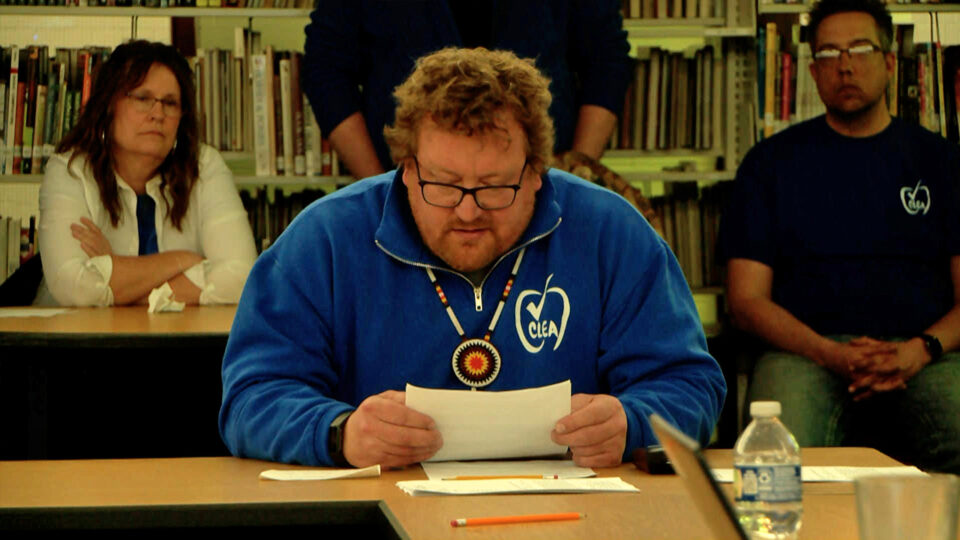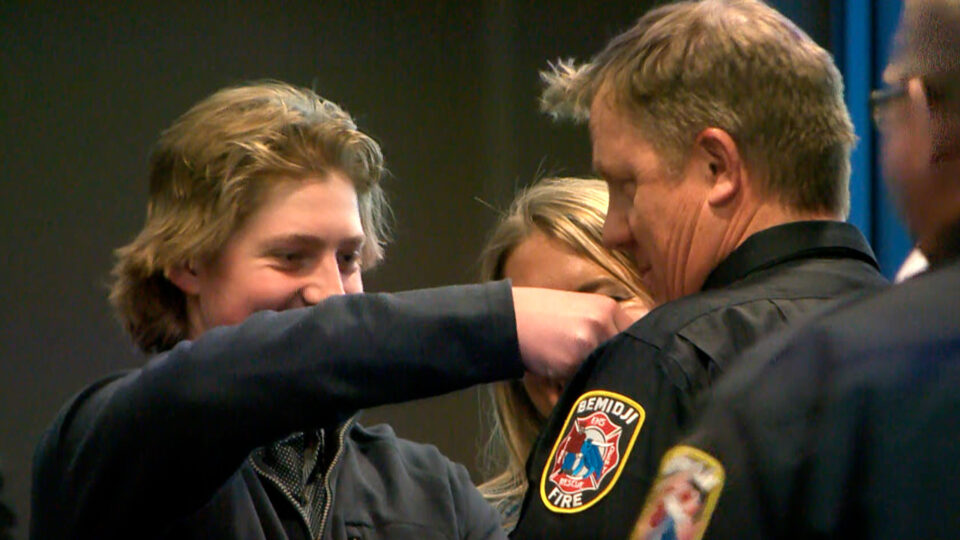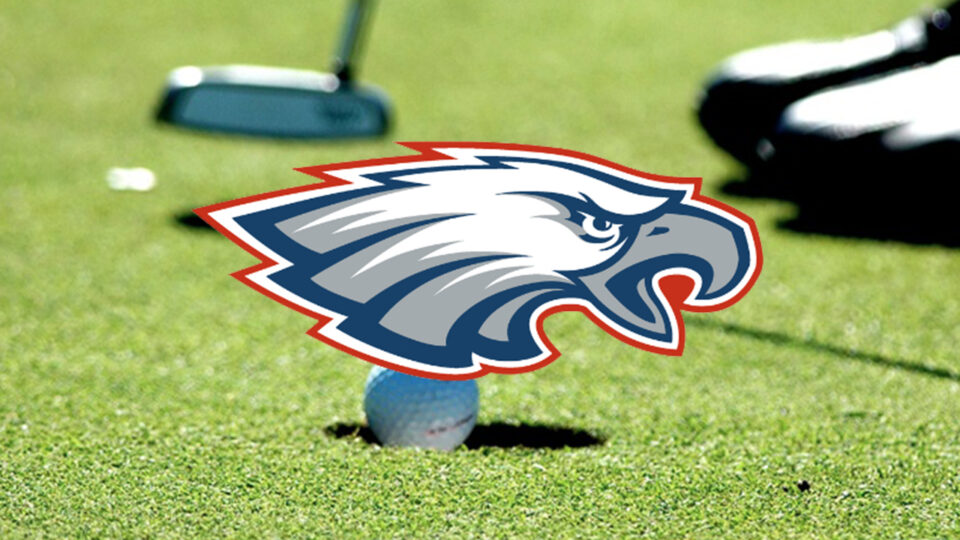Feb 6, 2017 | By: Josh Peterson
MnDNR: Burning Restrictions May Happen Soon
The Minnesota Department of Natural Resources reminds woodland owners to take care of vegetative debris such as dry branches now, as annual open burning restrictions will take effect shortly after snowmelt.
A burning permit is required if there is less than 3 inches of snow on the ground. The chance for a fire to escape and burn into unintended areas and endanger lives, homes and property is greatly reduced when adequate snow cover is present. Check local city and municipalities for burning regulations prior to burning.
The DNR recommends composting leaves and twigs instead of burning to reduce air pollution and the chance of starting a wildfire. Visit the Minnesota Pollution Control Agency’s website for information on how to start composting yard waste: www.pca.state.mn.us/living-green/start-composting-your-backyard.
After the snow melts, spring fire restrictions take effect and open burning will be restricted until vegetation turns green. The highest number of wildfires is in April and May when vegetation is dry and people commonly do spring cleanup activities. Due to the high number of wildfires during this time, the DNR initiates open burning permit restrictions to coincide with spring fire season. The DNR has seen significant decreases in accidental fires when burning restrictions are in place.
Depending on weather and spring green-up conditions, restrictions remain in effect for four to six weeks. Visit www.mndnr.gov/forestry/fire/firerating_restrictions.html for information on open burning restrictions.
Overall, humans cause 98 percent of wildfires in Minnesota. Individuals are responsible for costs to control an escaped fire and the damage it causes.







